I have travelled the world doing “Logistics”, experienced some unique places, and met some fantastic people. Yet one of the most memorable was the chance to do a project exporting equipment out of Myanmar in 2018.
This was before the recent unrest (I know this is a massive understatement considering the violence and loss) when there was an elected government and a general air of optimism.
This is not a travel blog (future career!!), but the excitement of visiting this mysterious country from stories of my childhood was high. However, it was nothing like I expected. Yangon is a sprawling modern city that still holds onto its heritage. It’s a shame (another understatement) what’s happening, but I hope they find their way soon.
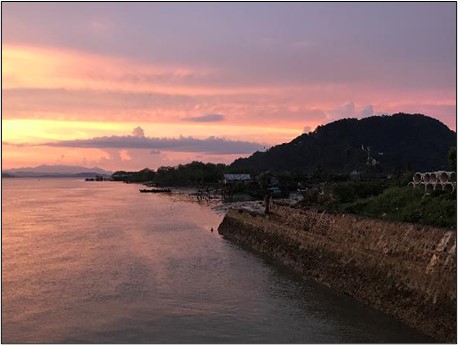

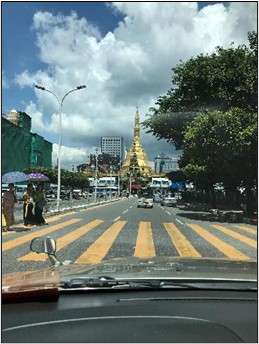
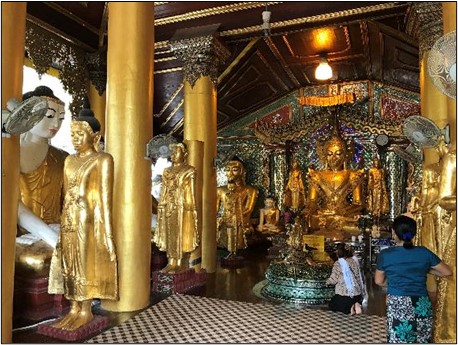
Back to Logistics which is the aim of the post.
Working with our partners, we exported over 600 containers of equipment from a project that demobilised from the north of Myanmar.
So, where to start
I have said it before and will continue to say we always need to start defining the scope. However, because we had built the project, it was more straightforward (the fun came later) to define, but we still needed to answer:
- Where is the cargo
- What is the cargo
- Dimension and weight
- Customs document (massively important)
- Hazardous or out of gauge
- What is the destination
- Etc, etc
As we start building this information, we create the best version of what we need to do and what services we need to procure
Top tip: The best chance of making the most savings in a project is done at this stage. Having the most thorough scope may seem quite exhaustive, but it will help you realise the potential for getting the most cost-effective solution.
The challenge
Building and finalising the plan were the most manageable elements of the project. We had some excellent partners and being in-country allowed me to understand the environment’s dynamics fully.
Another top tip: This may be controversial, but for anyone looking to organise non-standard movements. Then the best thing you can do is get from behind your computer and get on the ground. If possible, travelling the route is an excellent investment as seeing the potential physical blocks creates context. Delivering these large-scale projects can not only be done using email and Teams calls. The value of meeting the people on the ground will also get them on your side quickly. You will need them to go above and beyond when delivering the project.
The curse of the documents strikes again.
Even though we were aware of the risk of the customs clearance process and did start planning for it, we underestimated some of our assumptions. As this was an export of project equipment, the customs process was a key element because we needed to close down the original temporary import. Thus we needed the original import documents held by the customs office in Yangon.
In this modern world, you can be forgiven when assuming that everything runs from a computer. So seeing a warehouse with bags of original customs documents infested and being eaten by rats was a setback. However, the sheer manual work to find the papers can take months (again, why I say you need to be on the ground to see these things) meant that I was already starting to think of a plan B.
Working with our partners, we did find a solution. The challenge is balancing the details of a movement with the expectation of the movement
- the agreed costs and
- the defined schedule
They were both affected, but they were kept within the contingencies (sometimes your best friend) we had defined through hard work.
The next challenge
Still, the customs, or at least the customs process.
As these were exports of temporary imported equipment, part of the customs process was
- They need to go back to the original exporting country.
- And to complete the process, you must have a vessel already booked.
- Once you start the export process, you must complete and have them on the vessel within three weeks; otherwise, you need to restart the process.
This is not normal, and if the manual storage of the customs document were any sign would also be a challenge as there is a time lime. It felt like mission impossible (cue soundtrack)
It took us six months to complete the process, which was in line (sort of) with our expectations. We did have to sacrifice some of our original plans, yet there is a point that you need to go back to the basics. There is nothing wrong with this; it wasn’t a project failure. Change is a part of a project, and the skill to be fluid to the challenges will mean you have the best chance of success.
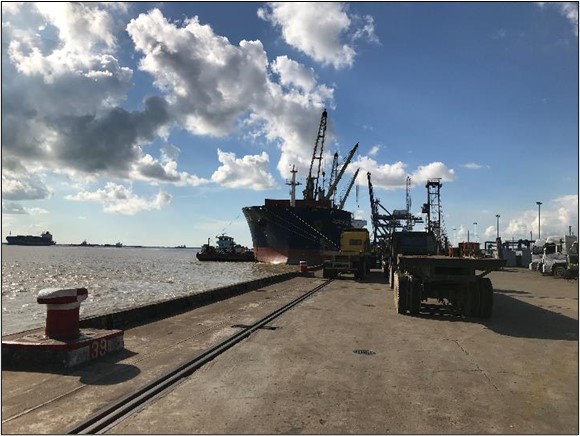
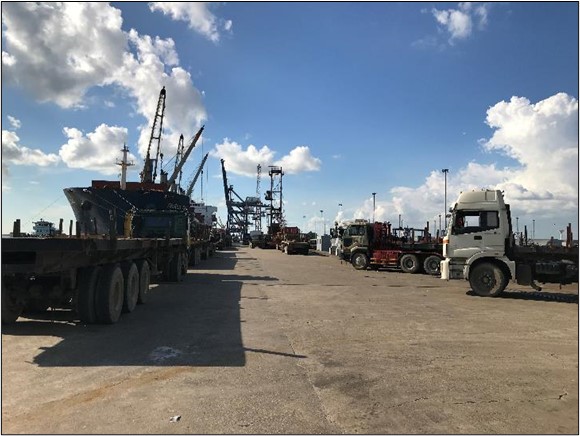
Great Learning
Although it may not have been the most technically challenging was still an outstanding achievement and a fantastic reminder of some key points.
- Logistics is not just about the physical movement
- For most documentation is an in-between detail that doesn’t get the proper focus, but finding the document and processing them was one of the greatest impactors
- For most documentation is an in-between detail that doesn’t get the proper focus, but finding the document and processing them was one of the greatest impactors
- Having a great plan isn’t enough. The ability to keep planning, though, is always going to bring success
- Planning is not a one-time stage but an activity that is constant and dynamic
- Planning is not a one-time stage but an activity that is constant and dynamic
“No battle plan survives first contact with the enemy” (Helmut von Moltke)
This is true, but I prefer to live by
“In preparing for battle, plans are useless, but planning is indispensable” (Dwight D Eisenhower)
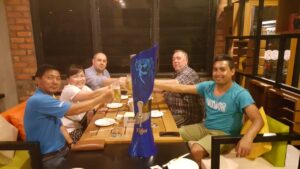

Building a sustainable Logistics – Achieving success with sustainability
Whether driven by need, imperative or because it is the right thing to do, Logistics is slowly moving forward on being a sustainable partner. Some
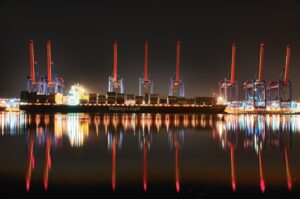
Risk in Logistics delivers Reward: Building success with Incoterms
Take a risk. It’s the only way to keep moving life forward. Probably a reckless thought, especially as we overcome some very challenging times, but
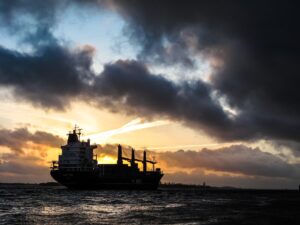
Successful movement from Myanmar;
I have travelled the world doing “Logistics”, experienced some unique places, and met some fantastic people. Yet one of the most memorable was the chance
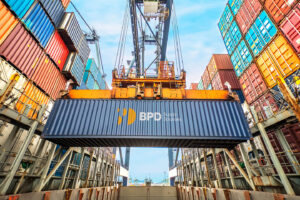
Building a better Project with Logistics
So, what’s a project? The challenge for logistics is that, at its most basic, every shipment and movement is a project. It has a start
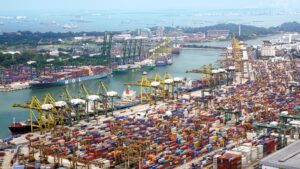
Logistics Challenges: Road to Growth
Suppose I asked the question what are your Logistics Challenges? To a room full of operational people like project managers and engineers. I am sure
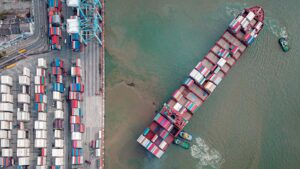
Successful Delivery To Burkina Faso
A very exciting project as it was a total door-to-door solution that had everything you needed to keep you on your toes. The expectation was



